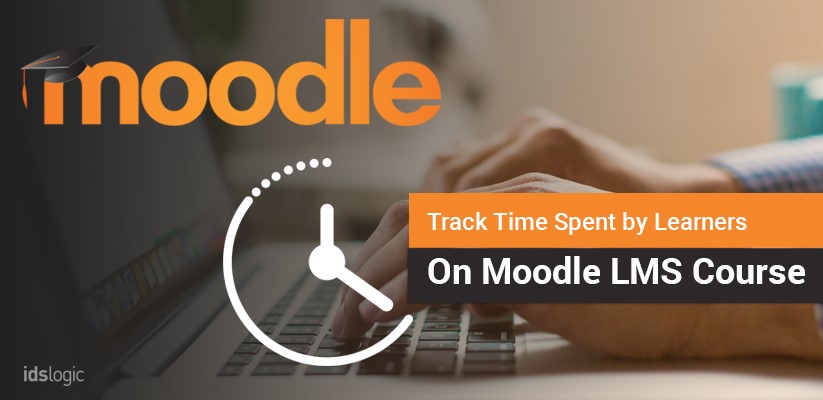
How Should You Track the Time Spent by Learners on Your Moodle LMS Course?
Currently, online learning has gained much popularity and with thousands of courses being available using e-learning environments, students can continue learning even on the go. Moodle software development comes as one of the most popular ways of online learning these days. Nevertheless, there are certain limitations of LMSs as they don’t allow to offer a virtual education environment that offers the whole set of functionalities available in conventional systems. Moodle LMS is very popular among organizations offering online courses. One specific feature of the platform ensures LMS tracking capabilities, which is an exceptional attribute.
Understanding LMS Time Entry
But one thing that educators find difficult is to track or record the actual learning time that the trainee spends in a given course. Though, the time that a specific student uses in learning can be recorded by checking his or her entering (with feature like LMS time entry) or exiting time. But this is not the actual figure.
Let us understand this through one example. Suppose a student enters a lesson of mathematical algorithm, and follows the explanation for some time, but then decides to have tea with his friend who has just arrived without checking out from the course. If no time expires at the LMS, then the recording of the learning time would be longer than the actual time and this would of course provide a misleading data.
The above situation is important in courses where the actual time spent by the student is of special relevance. Current tracking in LMSs is actually based on the actions performed by the students in the computer input devices, but are no means to check the actual time spent to perform that action.
Let us discuss some important time (Moodle) tracking systems that can be used with this LMS for betterment:
Activity reports:
This is an important way by which you can track the time of the student engagement on Moodle LMS. Whenever a student satisfies certain criteria, the activity is marked as complete. The activity should be based on the entire lesson so that the student has to attend the complete module before participating in the activity. The overview of activity completion will help to track the time spent.
Course completion reports: Whenever a student fulfills the course completion criteria, the course becomes successful. It gets the marking as complete. You can easily compare the time taken by the students to complete the course with the standard benchmark. This comparison will offer an idea of time by each student to their Moodle time spent in course.
Moodle LMS Reporting Capabilities and How They Help Organizations
Forums:
This type of participation can help you keep a track of the time spent by your students. Setting up an open forum for knowledge and discussion should be the first step. Once the involvement of the student is there, it can act as a good indicator for education time tracking.
Google Analytics:
Using this, you can easily track the student engagement and time devoted to the course efficiently. The factors that are important to analyze include average time spent on page, page views, etc.
This will give a clear idea of the actual time spent by the students on the course.
Feedback forms: To offer reviews, learners can fill the feedback form. They can thus share their experience while doing the course. The forms could feature a question that covers some aspects of e-learning. This will offer an idea of the areas that they have worked on and calculate the time spent by them.
If your organization is offering e-learning courses, then time tracking is crucial. For best results from your e-learning courses, effective time tracking is important regularly.